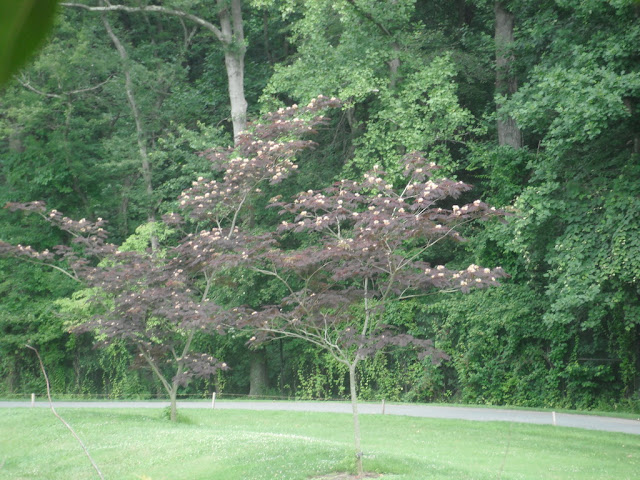This insect pest is causing damage to many landscape plants including Tabebuias, Gumbo Limbo, Live Oak, Pongam, Mahogany, Calophyllum, Clusia, Kapok, Pigeon Plum, Noronhia, Black Olive and other plants with smooth leaf undersides. Palms include: Coconut, Adonidia, Veitchia, Date Palms and others, Shrubs include: Barbados Cherry, Duranta ‘Gold Mound’, Oleander, Cocoplum, Copperleaf, Wax Myrtle, and Dwarf Clusia. Many edible plants like Mango and Banana are also attacked by this whitefly.
Sooty mold stains cars, furniture, and everything below affected plants. The adult whiteflies leave disturbed plants like flying clouds of white. This pest is especially troublesome in parking lots.
The whitefly congregates on the leaf undersides and lays eggs in a spiral pattern. A waxy substance covers the eggs making the whitefly hard to control.
Natural control is always best and a tiny non-stinging parasitic Encarsia wasp has been released that will control the spiral whitefly. The predator populations are always slower to build up than the pest but historically the natural predator is the best long term solution. Some cities are not spraying at all due to expense and killing off the predatory wasps. Once can fertilize plants to encourage plant vigor which will also help.
Parking lots and other locations of major impact may wish to apply other solutions but the predatory insect populations can be affected. One should apply a strong jet of water to the undersides of foliage and then follow up with applications of Neem Oil every 7-10 days until the problem disappears is one possible solution. Bayer Advanced Tree & Shrub Protect and Feed used as a soil drench should last for 6-8 months but must be used away from water. It is imperative to follow label directions exactly. I would not use any other chemical treatment. Hopefully the predator insect will win if not poisoned by overzealous spraying. Visit http://miami-dade.ifas.ufl.edu/ and click onto the “gumbo limbo spiraling whitefly link to view photos of the spiraling whitefly.
Sooty mold stains cars, furniture, and everything below affected plants. The adult whiteflies leave disturbed plants like flying clouds of white. This pest is especially troublesome in parking lots.
The whitefly congregates on the leaf undersides and lays eggs in a spiral pattern. A waxy substance covers the eggs making the whitefly hard to control.
Natural control is always best and a tiny non-stinging parasitic Encarsia wasp has been released that will control the spiral whitefly. The predator populations are always slower to build up than the pest but historically the natural predator is the best long term solution. Some cities are not spraying at all due to expense and killing off the predatory wasps. Once can fertilize plants to encourage plant vigor which will also help.
Parking lots and other locations of major impact may wish to apply other solutions but the predatory insect populations can be affected. One should apply a strong jet of water to the undersides of foliage and then follow up with applications of Neem Oil every 7-10 days until the problem disappears is one possible solution. Bayer Advanced Tree & Shrub Protect and Feed used as a soil drench should last for 6-8 months but must be used away from water. It is imperative to follow label directions exactly. I would not use any other chemical treatment. Hopefully the predator insect will win if not poisoned by overzealous spraying. Visit http://miami-dade.ifas.ufl.edu/ and click onto the “gumbo limbo spiraling whitefly link to view photos of the spiraling whitefly.




























